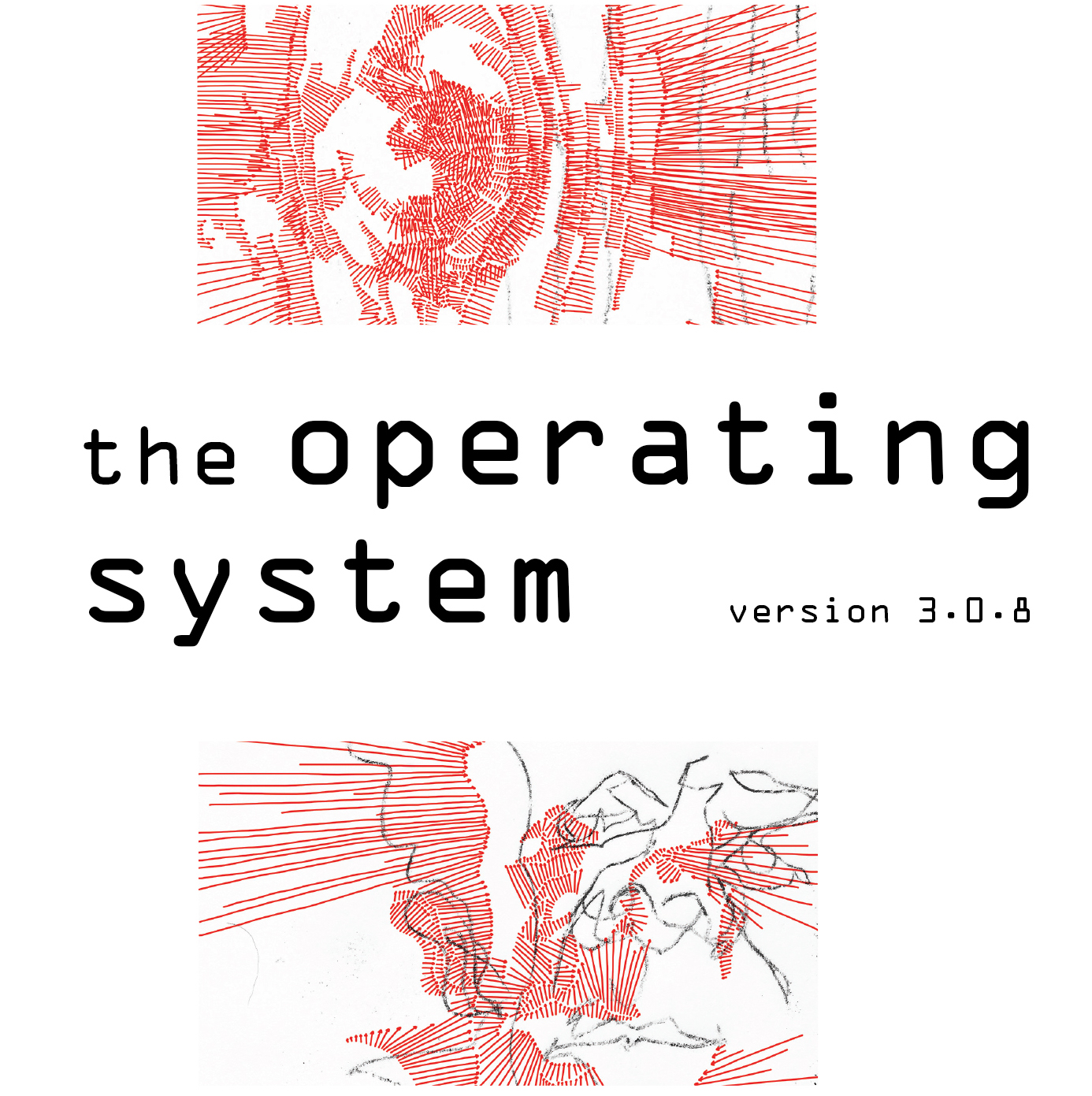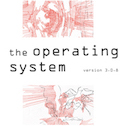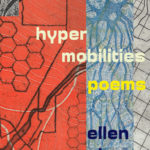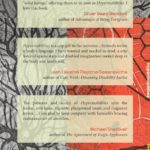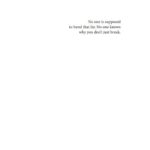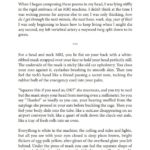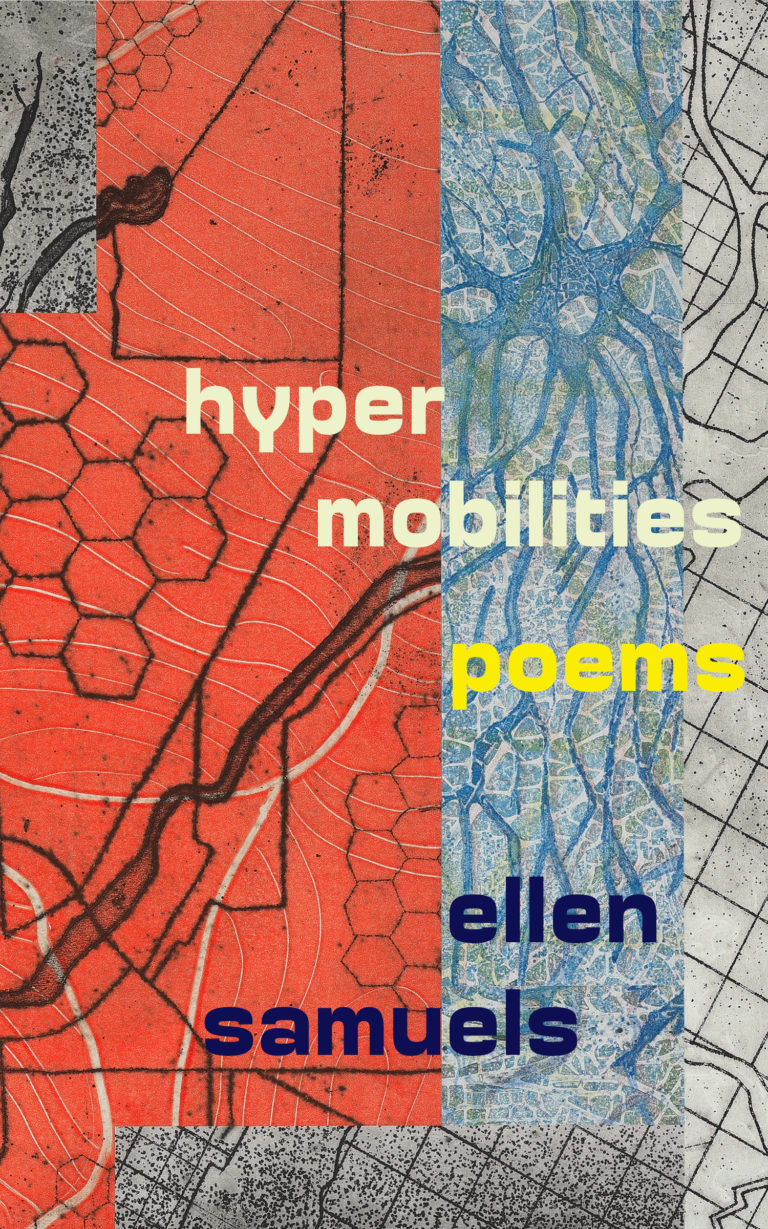
Humans
- Ellen Samuels (author)
- Laura Jacobson (artist)
ISBN
978-1-946031-93-8LCCN
2021944278Keywords
Poetry, Haiku, Memoir, Illness, Disability, Genetics, Genetic Disease, Chronic Illness, Body, ProcessPublication date
2021Language(s)
EnglishPublication media type
Print DocumentPublication series
Kin(d)* Texts & ProjectsIn Corpore Sano
Hypermobilities
Hypermobilities is a verse-memoir in haiku, written over two years of intense engagement with the medical system. Samuels composed these poems in her head while strapped down within MRI machines, in the infusion center with IV needles snaking her arms, waiting and waiting in white-walled rooms. They are necessarily short, to be written by memory without pen or screen. A selection of these poems eventually formed into this collection, named after the hallmark sign of her genetic condition: joint hypermobility.
The cover features “Molecular Route,” a 2018 monoprint image from artist Laura Jacobson’s Topography of Being series. Cover/type and book design by Elæ Moss using fonts from Velvytyne.
“A wondrous, nonlinear, potent proof of life, and Ellen Samuels has counted every syllable, composing in her mind. ‘Draw a star / where it hurts the most.’ Each poem bursts and expands beyond its scale, moving you through a measured wormhole of body and life. ‘I am the garden / Eve never took back,’ Samuels writes, ‘Fist with- / in the bone, rising.’ Grounded in a practice and form that began for the poet out of everyday necessity, Samuels applies pressure on language to create ‘solid beings,’ offering them to us now as HYPERMOBILITIES. I love this book.” — Oliver Baez Bendorf, author of “Advantages of Being Evergreen”
“Ellen Samuels’ HYPERMOBILITIES is a crip gift to the universe. Not only documenting precisely and acutely the daily moments of a sick life, Samuels bends and creates new genres out of disabled times and spaces, on purpose- succinct words emerging from the MRI tube, the bed, the diagnostic non-process. Samuels writes a body’s language I have wanted and needed to read, a crip force of sparse stars and disabled imagination rooted deep in the body and land’s soil. Thank you so much for writing it.” — Leah Lakshmi Piepzna-Samarasinha, author, Care Work, Tonguebreaker, Dirty River.
“The patience and acuity of HYPERMOBILITIES spin the haiku — its little aerated ideogram (Barthes) — into koan, vignette, playground taunt, and fragment hymn. Its disarming, deceptively minor gestures hold a torch to pain’s bruising quotidian. I am glad to keep company with Samuels’s bracing endurance art of attention.” — Michael Snediker, author of ‘The Apartment of Tragic Appliances’
About the Contributor(s)
Ellen Samuels is a disability writer and scholar and Associate Professor of Gender & Women’s Studies and English at the University of Wisconsin at Madison. Her books include Fantasies of Identification: Disability, Gender, Race (NYU Press, 2014) and poetry collection Hypermobilities (The Operating System, 2021). Her critical and creative writing appears in dozens of journals and anthologies, including Signs, GLQ, South Atlantic Quarterly, Disability Studies Quarterly, Disability Visibility, Brevity, Copper Nickel, Mid-American Review, and Journal of the American Medical Association. She has received the Catherine Stimpson Prize for Outstanding Feminist Scholarship and two Lambda Literary Awards. She lives in Madison, WI with her partner, son, and dog.
Laura Jacobson began using neuroscience in her printed and sculptural artwork in 2011 when she was given MRIs of her brain after volunteering as a research subject in a scientific experiment. In “Molecular Route”, from her series Topography of Being, the artist draws on imagery from neuroscience and road maps to make etchings on paper that are cut and collaged. The work depicts astrocytes, the most abundant cells in the central nervous system, which play a vital role in the connections and sustenance of the brain’s billions of neurons. The honeycombs refer to grid cells, considered the brain’s GPS, firing electrical pulses in a hexagonal lattice while humans move through space. Aligning a 1920s Automobile Blue Book route map with astrocytes and grid cells, the work grapples with systems in the brain responsible for memory, perception, and navigation. Jacobson holds a BA from Stanford University and an MFA from the Rhode Island School of Design. Her ceramics and prints may be found in private collections, including NYU Langone and Stanford University. She maintains a sculpture and print studio in Palo Alto, CA.
Our cover uses a special digital variation made for this project by the artist of her original work, “Molecular Route.” (Monoprint, chine-collé, BFK paper, 2018)
